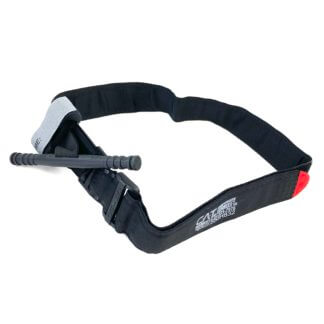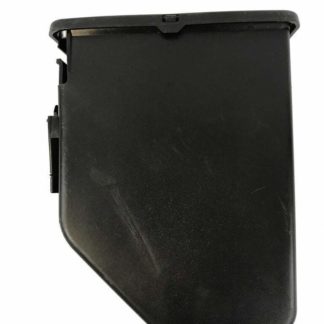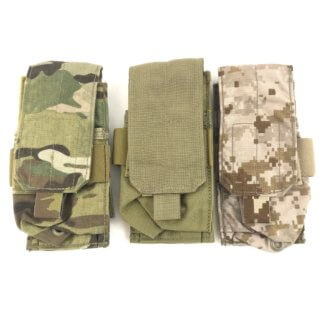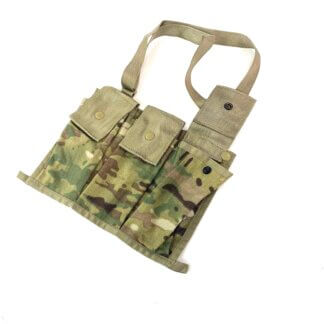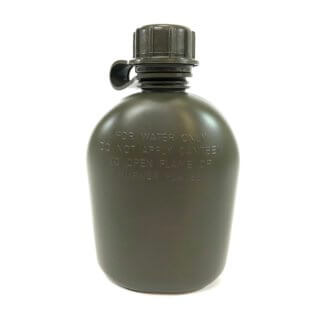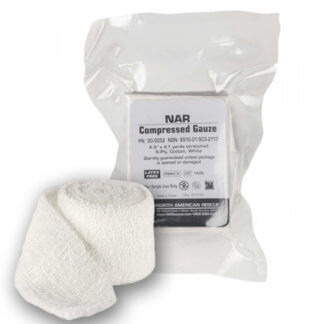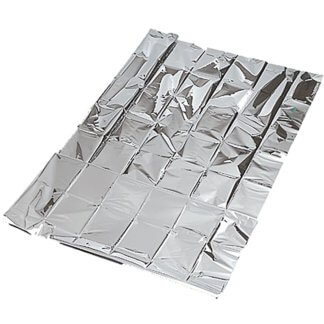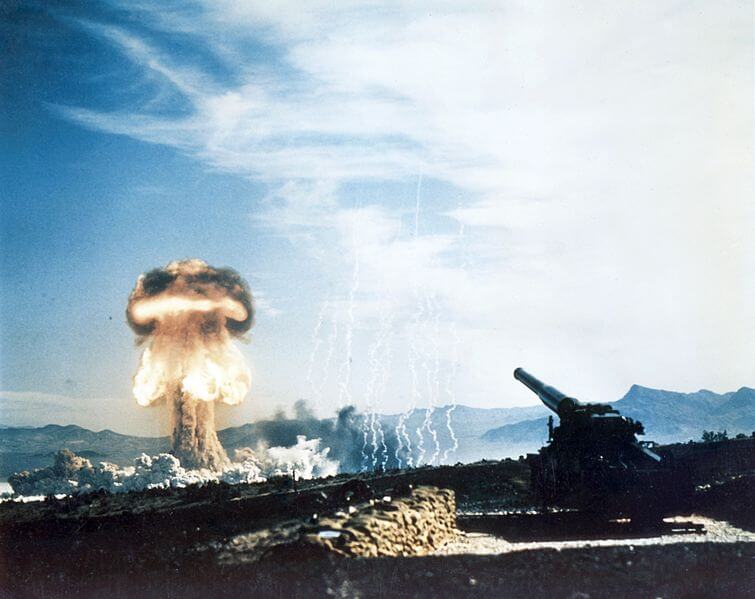
US Military History Throughout The Years.
Short bits of history you know, and some you may not! Make sure to check out some of our sale items below the history facts! Save big on a selection of some of our best sellers. Sale ENDS 02JUNE2021.
- Never Ending Controversy: Tuesday, May 23, 1967 – US Representative James J Howard reads a letter, from a Marine in Vietnam, to the House of Representatives. The letter claimed that nearly all the deaths during the Battle for Hill 881 were a result of the newly adopted M16 rifle jamming. The letter would spark public outcry and controversy about the rifle. A investigation was launched that found false claims about the rifle when issued, such as being self cleaning, and issues in production and ammunition. Forward assists were added to the rifles and bolt carriers would now be chrome plated, to fight corrosion and other issues with the bolts become dirty during use. The other major issue found was a change in ammunition to what the rifle was created to use and what was issued with the rifle. The change in the powder led to increased fowling, which increased failures during use. The controversy from the initial issue of the M16 rifle still exists to this day, with many believing the rifle to still be unreliable.
- Atomic Annie: Monday, May 25, 1953 – At 8:30 AM the first (and only) atomic cannon was fired at Frenchman Flat, Nevada. The M65 “Atomic Annie” Atomic Cannon was a 280mm (11 inches) cannon weighing in at 83.3 TONS, when all components are taken in, with a maximum range of 20 miles. During Operation Grable the cannon fired a 15 kiloton shell 7 miles into the distance. While impressive and effective the cannon was obsolescent as soon as it entered service. Lighter and easier to deploy weapons were adopted, even with this the M65 was kept around until 1963 as a prestige weapon.
- Vietnams Unknown: Monday, May 28, 1984 – On this Memorial Day the only American Unknown Solider from the Vietnam War is laid to rest in Arlington National Cemetery, at the Tomb of the Unknown Solider. President Ronald Regan presided over the funeral and acted as next of kin to the Unknown. The Unknown Solider was awarded the Medal of Honor during the ceremony, as are all Unknowns buried there. In 1998 the remains were identified as Air Force First Lieutenant Michael Joseph Blassie and he was reburied at Jefferson Barracks National Cemetery. 1LT Blassie was awarded a Silver Star during combat in Vietnam for documented valor. The Medal of Honor presented at the time of his burial at Arlington did not transfer with him after he was identified, as the award was presented to the unidentified remains.
- Battle of Jumonville Glen: Tuesday, May 28, 1754 – In what is considered the first engagement during this war, Lieutenant Colonel George Washington would lead part of the Virginia Regiment, a provincial corps, to support the building of a small fort. Fort Duquesne. While in route he would learn that the small contingent there had been forced to retreat by the French in the area. While moving to support them he encountered a French scouting force and would surprise them, leading to a British victory. Fort Duquesne would be destroyed by the French during the war but was later rebuilt as Fort Pitt, which is present day Pittsburg, Pennsylvania.
This week’s featured products.
Best-Selling Military Gear
-

North American Rescue GEN 7 CAT Tourniquet
$29.99 Select options -

USGI M249 SAW Ammo Box, 200 Round
$11.99 – $16.99 Select options -

Eagle Industries Double M4 Mag Pouch
$3.99 Select options -

USGI Military Poncho Liner, Woobie Blanket
$19.99 – $49.99 Select options -

USGI 6 Magazine Bandoleer
$7.99 – $21.99 Select options -

USGI 1 Quart Canteen
$5.49 Select options -

North American Rescue Compressed Gauze
$4.99 Select options -

North American Rescue Survival Blanket
$1.59 Select options

